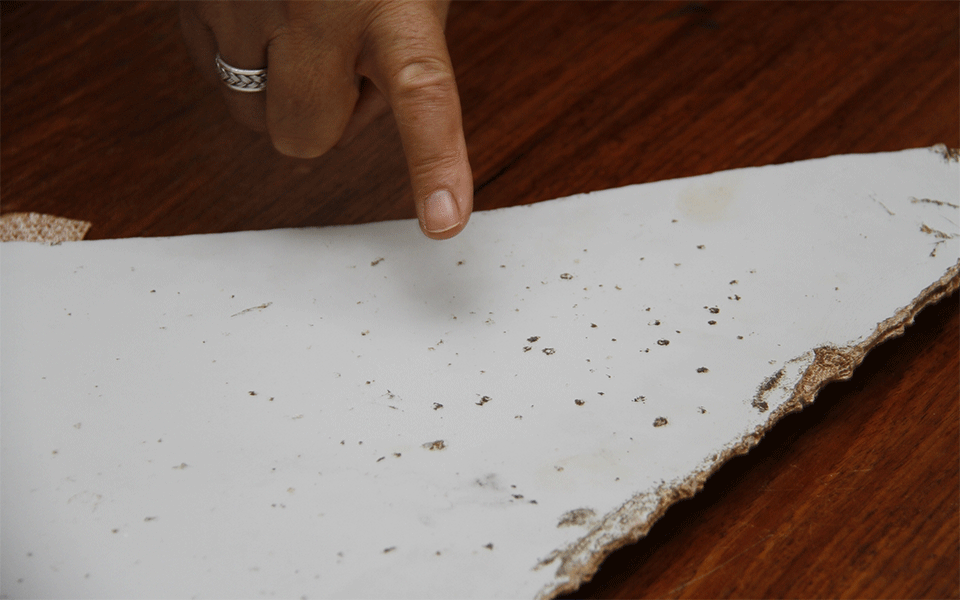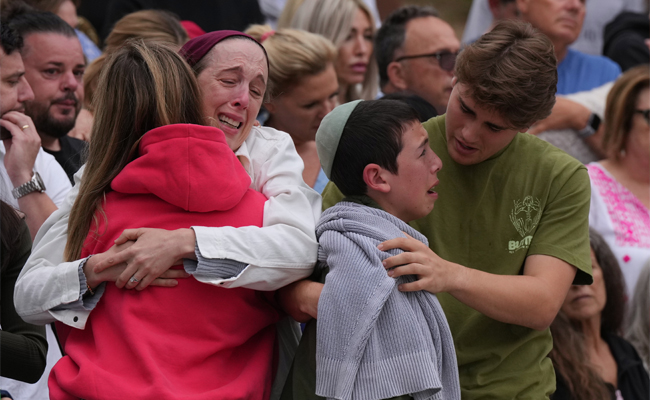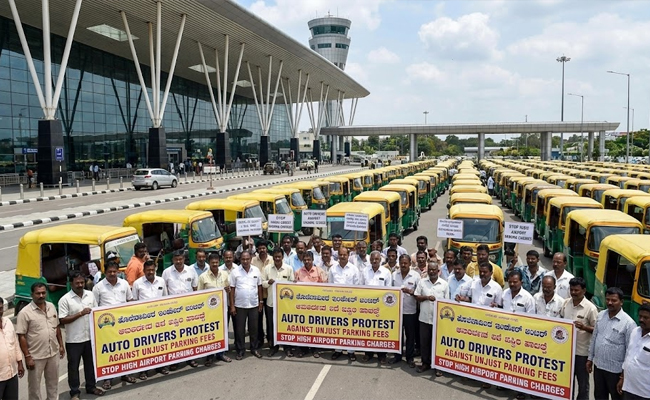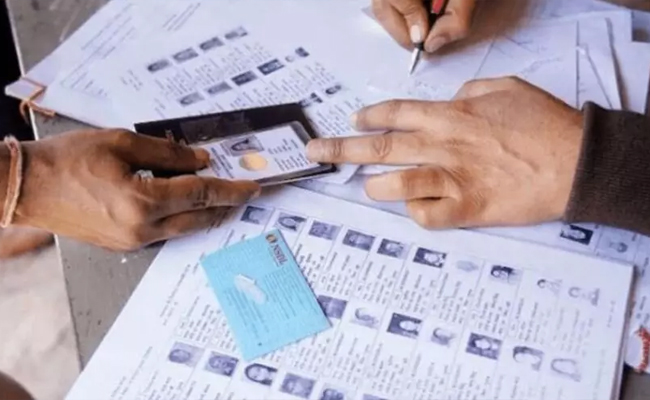Kuala Lumpur, July 30 : A detailed report released by a safety investigation team on Monday about the disappearance of Malaysia Airlines flight MH370 in 2014 has failed to identify the cause of the mishap and left many questions unanswered due to lack of evidence.
The 800-plus-page report by Malaysian authorities maintained that the aircraft -- which disappeared on March 8, 2014, with 239 people on board -- was re-routed manually although they could not determine the cause behind it.
The report, while reviewing several aspects ranging from airworthiness and maintenance to cargo assignment and wreckage information, said the probe team could not determine why the plane went off its filed flight route, Efe news reported.
The head of the official investigation, Kok Soo Chon, said at a press conference that third party sabotage could not be ruled out.
"(...) the turn back was not because of anomalies in the mechanical system. The turn back was made not under autopilot but under manual control," Kok said.
"We cannot exclude the possibility that there was unlawful interference by a third party," he added.
Kok also said that while the report was drafted by the eight countries, including Malaysia, which took part in the search operations, it could not be called a final report.
"(...) if the wreckage hasn't been found, if no victims have been found (...) How can we call the report our final report?" Kok said.
The report added to previously published information and included analysis, findings, conclusions and safety recommendations for operators, Kok said.
The document also urged operators to monitor the mental health of the crew, including the pilots, more stringent inspection of aircraft cargo and greater air traffic control.
The Beijing-bound MH370 had disappeared from the radar around 40 minutes after it took off from Kuala Lumpur, after someone apparently switched off the communications system and re-routed the plane toward the Indian Ocean, according to an official report.
Calling the disappearance of MH370 and the searches for it "unprecedented in commercial aviation history", the report said improvements must be undertaken to ensure that this type of event is identified as soon as possible.
One recommendation urged operators to improve the effectiveness of certified Emergency Locator Transmitters that transmit a distress signal in the event of a crash.
The report also identified issues that could affect timely search and rescue operations, including discontinuous radar control by various air spaces.
The document also urged operators to monitor the mental health of the crew, including the pilots, more stringent inspection of aircraft cargo and greater air traffic control.
So far, 27 fragments of the aircraft have been recovered from beaches in Reunion, Mozambique, Mauritius, South Africa and Pemba Island, off Africa's east coast.
The fragments were believed to have been swept across the Indian Ocean by currents, which is consistent with the official hypothesis of the incident.
Let the Truth be known. If you read VB and like VB, please be a VB Supporter and Help us deliver the Truth to one and all.
Melbourne (PTI): Three Indian students were among 40 people injured in the terrorist attack on Sydney's Bondi Beach in Australia, according to a media report on Tuesday.
Two out of these three students are believed to be receiving treatment in the hospital, The Australia Today news portal reported.
The names of the Indian students injured during Sunday's attack have not been disclosed yet.
ALSO READ: Affront to non-Hindi speaking people: Chidambaram slams use of Hindi words in bills' names
The Indian students sustained injuries during the shooting, and their exact condition has not been formally confirmed yet, it said.
Naveed Akram, 24, and his father, 50, opened fire on a gathering during the Jewish festival Hanukkah by the Sea celebration.
At least 15 people were killed in the attack, including a 10-year-old child. Five of the injured remain in critical condition, while two injured police officers are in serious but stable condition, it added.
New South Wales Police Commissioner Mal Lanyon said the investigation is expanding as new information emerges, including international travel by the alleged attackers and the discovery of extremist material, the report said.





